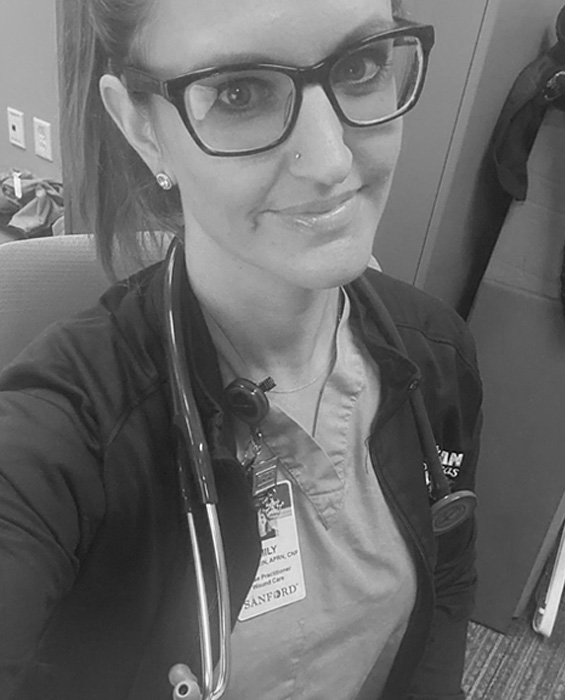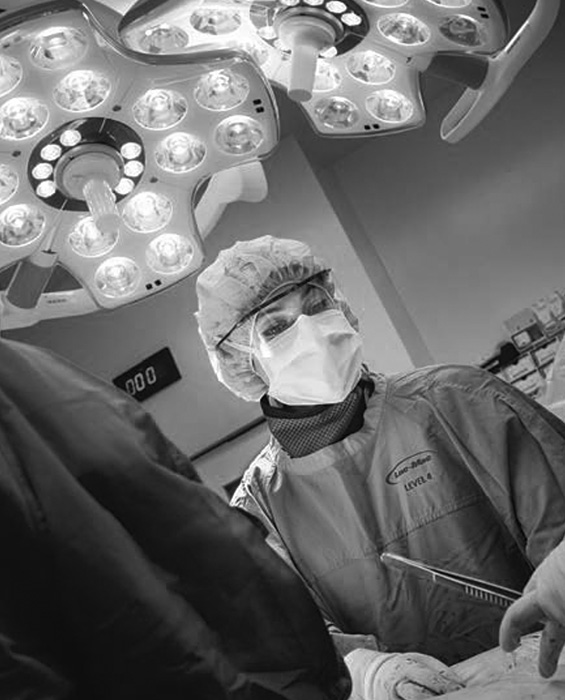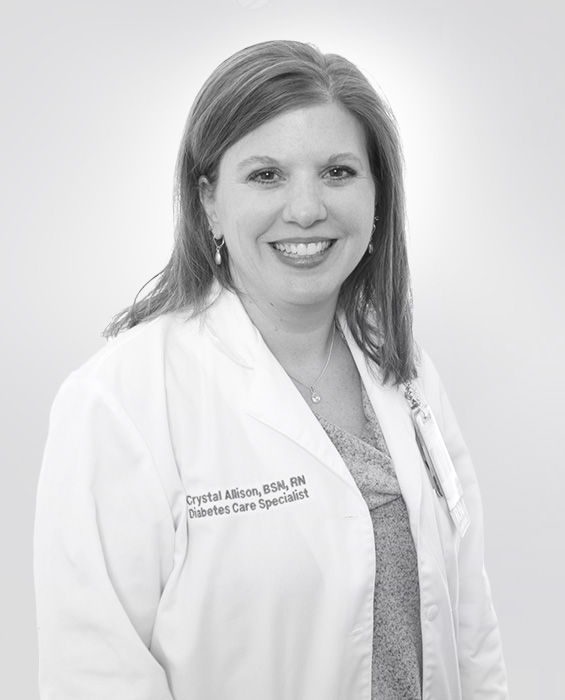With this page we aim to introduce different health care specialties that are relevant in limb preservation.
We are continuously expanding this “library of health care professions”.
Please contact info@alpslimb.org if you are interested to join by representing your field of expertise!
“With diabetes on the rise the number of patients afflicted by peripheral artery disease is skyrocketing which means amputation rates are increasing as well as mortality rates. I want to be at the forefront of helping this population quite literally stand on their feet.”
Dr. Anahita Dua
Vascular Surgeon
MD, MS, MBA, FACS
Meet Dr. Anahita Dua,
Anahita Dua is a Vascular Surgeon and works at Massachusetts General Hospital/Harvard Medical School.
“I am primarily involved in the revascularization process and the wound care process. My primary job is to evaluate the patient’s perfusion to the limb thoroughly and determine holistically what is the best way to increase the amount of blood flow to the patient’s leg (open bypass, endovascular option, hybrid option) to ensure the optimal success.
I also partake in management of the wound including debridements, amputations and other advance salvage techniques to get the best results.
As a vascular surgeon I can bring to the table insight regarding options for the patient to salvage their limb as well as expertise regarding outcomes based on what option is chosen. I can advise patients and manage expectations all while providing cutting-edge surgery to get as much blood flow to the limb as possible. This allows to me collaborate with multidisciplinary colleagues to determine what the ideal course of action is to give the patient the best chance of limb salvage.

I perform advanced endovascular and open techniques including distal bypass, deep venous arterialization and pedal loop revascularization. I also have board certification in wound care so I can leverage that knowledge to ensure the wound does not become the reason a patient get amputated. But I think the most important skill is the ability to collaborate with others in the same discipline to get the best overall result.
Losing a leg to amputated is associated with major depression, loss of quality of life and death in up to 50% of patients within 2 years. With diabetes on the rise the number of patients afflicted by peripheral artery disease is skyrocketing which means amputation rates are increasing as well as mortality rates. It is imperative that we step in and stop this horrible disease that steals people’s freedoms, mental health and lives. I want to be at the forefront of helping this population quite literally stand on their feet.”
“I focus on limb deformity and addressing those deformities to help with current wounds and infection but also help address and prevent future pressure areas and wounds.”
Patrick R. Burns
Podiatric Surgeon

Meet Dr. Patrick R. Burns,
Patrick R. Burns is assistant professor at the University of Pittsburgh School of Medicine, and director of the University of Pittsburgh Medical Center podiatric medical and surgical residency based at UPMC Mercy. His interests and specialties include complex foot and ankle deformity and preservation techniques. He has extensive experience with complicated surgery of the foot and ankle, fracture care, charcot neuroarthropathy, diabetic limb preservation, and external fixation techniques.
“I am involved in all stages of limb salvage. I specialize in the use of external fixation to aid in deformity correction, offloading, and stabilization techniques during complicated limb preservation procedures. But. I also see wounds, help manage out-patient care and then continue following patients to aid in preventative offloading and surveillance.
Podiatric surgeons can bring a large wealth of knowledge of wound care and non-surgical care which is useful as many of these patients are repeat customers with a goal to limit surgery and amputation. But we can also provide state of the art techniques in surgical procedures and understand the biomechanical sequelae associated with them to improve outcomes.
My main areas of expertise are Charcot reconstruction in all phases. I focus on limb deformity and addressing those deformities to help with current wounds and infection but also help address and prevent future pressure areas and wounds.
Having a patient with a non-functional or non-weight bearing limb who was told major amputation was the only option and then reconstructing and preserving a limb to help with their daily activities is what motivates me.”
“I am passionate about limb preservation because of the huge impact it has on patient’s lives […] basically saving a limb could save a life.”
Emily Greenstein
Nurse, Wound Specialist
ND
Meet Emily Greenstein,
Emily Greenstein is a wound specialist and works at Sanford Health, Fargo, ND. She is the co-chair of the limb preservation program at Sanford Health. At Sanford she oversees the outpatient wound care program, serves as chair for the SVAT committee and is involved in many different research projects.
“Often by the time a patient presents with a wound, we are already trying to “play catchup”. Patients who are at high risk for limb loss have many other medical issues that need to be managed. We need to remember to treat the whole patient and not just the hole in the patient.
My main area of expertise is wound healing, vascular assessment, and diabetic foot ulcer management. I also work a lot as a care coordinator, making sure patients are referred to the right people for early intervention.
I am passionate about limb preservation because of the huge impact it has on patient’s lives. Statistics show us that diabetics who have one amputation are at an increased risk for another amputation and are at an increased risk for death. So, basically saving a limb could save a life.”

“It has always been my dream and mission to use the unique skillset that I have and continue to develop to prevent limb loss, a devastating problem in a growing population.”
Trisha Roy
Vascular Surgeon-Scientist

Meet Dr. Trisha Roy,
Trisha Roy is a Vascular Surgeon-Scientist and works at Houston Methodist Hospital DeBakey Heart & Vascular Center.
“I work in all stages of limb preservation/salvation – medical optimization, endovascular and open surgery and wound care/offloading.
Vascular surgeons play an important role in limb salvage as part of a multidisciplinary team. Our specialty can provide both open and endovascular treatments to revascularize limbs, which is important to ensure patients have all available options open to them. Our specialty also reads all of the vascular ultrasounds at our institution.
Peripheral artery disease is still a poorly understood condition. We are taught that it is all atherosclerotic disease but diabetic/renal failure patients with tibial disease that we see frequently in limb salvage clinics actually have monckeberg sclerosis.
My work as a vascular surgeon-scientist aims to understand this disease process better so that we can tailor the vascular treatments to individual patients using advanced imaging techniques (MRI). I do advanced endovascular procedures with tailored device selection and my lab focuses on developing novel imaging techniques and devices to treat limb threatening ischemia patients.
I am a materials engineer and went into medicine to approach clinical problems with innovative solutions. The pathophysiology of vascular disease involves fluid mechanics and the devices that are available have variable performance depending on the material properties of the target lesions. The underlying disease process is also poorly understood and advanced imaging is key to furthering our understanding of why it happens, why our current treatments fail and how we can improve with personalized care in the future. Simply put, limb salvage patients will benefit from engineering solutions. It has always been my dream and mission to use the unique skillset that I have and continue to develop to prevent limb loss, a devastating problem in a growing population.
I follow my patients and their families through every step of the process from diagnosis to endovascular and surgical treatment and follow up wound care. I develop deep relationships with my patients and their families, and they give me a strong enough “why” to figure out “how” to advance our field and make a difference.”
“Diabetes? Not really a big deal! It only impacts every part of your body with blood vessels! My goal is to help everyone with diabetes that I encounter to manage their diabetes to prevent amputations.”
Diabetes Care Specialist
Meet Crystal Allison,
Crystal Allison is a diabetes care specialist at Meritus Medical Center in Hagerstown, MD with 27 years of nursing experience. At Meritus, Crystal oversees care and education of patients with diabetes while hospitalized, assists with educating nurses on the care of patients with diabetes, and leads quality initiatives related to diabetes care.
“When I see a patient with a wound, my goal is to assist the patient with their diabetes management to help prevent further complications. I see patients when their wounds have gotten to the point that they need IV antibiotics. Most of these patients have an A1C level that is usually over 9 and at high risk of not healing and at risk for a potential amputation.
My goal is to educate the patient so they understand why managing their diabetes will assist with wound healing. After giving diabetes education, I assist with setting the patients up with outpatient follow up for management of their diabetes at home.”
